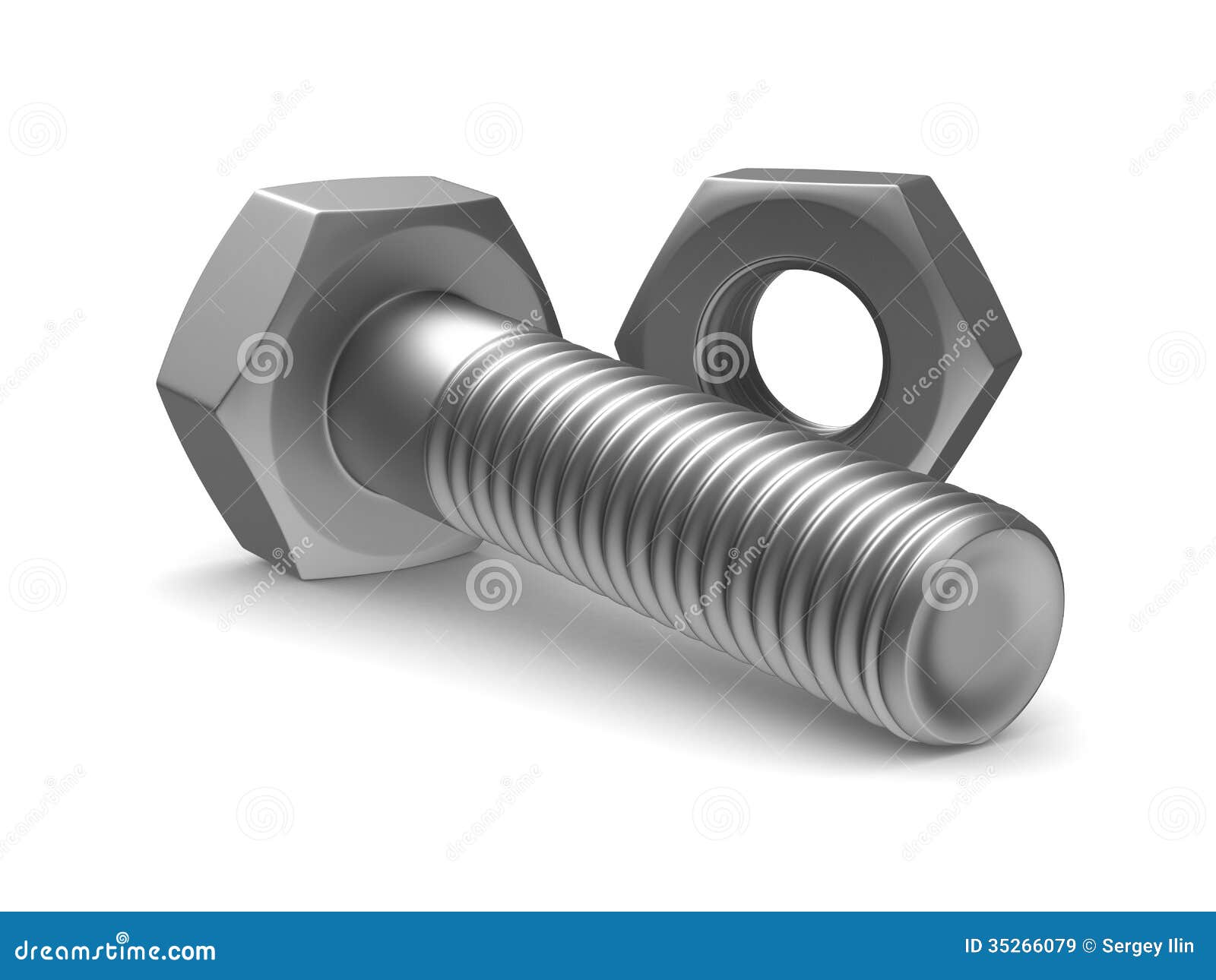The Do-It-Yourselfer’s Guide: Selecting the Appropriate Fasteners and Anchors
As you start embarking on any DIY project, whether it's a basic home repair and an intricate construction task, comprehending the right fasteners to use can be transformative. Fasteners like nuts and bolts may appear insignificant, but they play a crucial role in ensuring the integrity and endurance of your work. With numerous options available, it's important to be aware of the details to choose the best fasteners for your needs.
The following guide aims to simplify the world of nuts and bolts, offering information into different types, their uses, and the substances they are made of. Spanning from large construction jobs to vehicle fixes, we will discuss what you must know about selecting the perfect fasteners. This guide will explain jargon and explore the characteristics that make specific types of nuts and bolts suitable for various situations. Whether you are an experienced DIYer or just starting, this comprehensive resource will help you choose wisely for your projects.
Grasping Nuts and Bolts
Fasteners form the backbone of countless endeavors, acting as key connecting elements that bind various components together. At their core, a bolt is a screw-type fastener designed to be affixed into a pre-drilled opening and is often paired with a nut to create a tight joint. This combination provides the required durability and resilience for a variety of applications, from simple household fixes to intricate construction tasks.
There are many different types of fasteners, all designed for specific functions. Bolts come in various types such as hex bolts, transport bolts, and lag screws, which offering unique benefits depending on the context. Similarly, nuts vary greatly, including common hex nuts, lock nuts, and flange nuts, which have particular applications that can enhance the total strength and safety of the junction. Understanding these differences is essential for any DIYer aiming to choose the ideal hardware for their projects.
Selecting the appropriate fasteners not only ensures the effectiveness of a project but also boosts safety and longevity. Factors to consider include the materials used, the surroundings in which they will be utilized, and the specific load requirements. By grasping the basics of nuts and bolts and their specific characteristics, DIY enthusiasts can make wise choices that lead to successful and enduring results in their projects.
Types and Applications of Fasteners
Fastening devices come in multiple types, each designed for particular uses and materials. Nuts and bolt fasteners are some of the most frequently used fastening devices in construction and DIY projects, offering secure connections for a wide range of tasks. The basic bolt variations include hex bolts, carriage bolts, and lag bolts, all serving specific needs; for example, hex bolts are perfect for heavy-duty applications, while carriage bolts are excellent for attaching timber to timber due to their rounded head.

Comprehending the material and threading is key when choosing fasteners. Bolts are commonly made from substances such as steel, stainless steel, and brass, each offering varied levels of strength, corrosion resistance, and suitability for specific environments. For instance, stainless steel bolts are preferred in external applications due to their anti-corrosive properties, while zinc-plated bolts are commonly used in indoor settings where moisture is not a concern. Types of threading, such as rough, smooth, and standard, also play a crucial role in ensuring that the fastening device fits correctly with the matching nut fastener or substance.
In addition to standard nuts and bolts, various unique fasteners cater to particular needs, such as anti-tamper fasteners that prevent tampering or locking nuts that provide protection to loosening from vibrations. Understanding the requirements of your project, such as the materials being joined and the weight support capability needed, will assist you select the right fastening device to ensure longevity and dependability in your do-it-yourself ventures.
Buyer Guides and Contrast Analysis
When selecting nuts and bolts for your project, it is important to understand the distinctions between metric and imperial fasteners. Metric fasteners are gauged in millimeters, while imperial fasteners are based on inches. Depending on your region and the tools you own, one type may be easier than the other. Always examine the specifications of your materials to ensure compatibility and avoid unnecessary mistakes.
Quality matters when it comes to fasteners. Look for reputable brands that offer detailed information about their products, including material details, grades, and finishes. A good fastener will simultaneously hold up under stress but also resist rust over time. Reviewing directory and certifications of the fasteners can help you make an knowledgeable decision, ensuring security and durability in your project.
Determining nuts and bolts correctly is necessary for proper fit and function. Use a measuring tool or a measuring tape to ascertain the size of the fastener you need, including length, diameter, and thread pitch. Consult a strength evaluation chart to choose the right fastener based on the demands of your specific project. This action will save you energy and frustration, allowing you to focus on your DIY tasks with certainty.